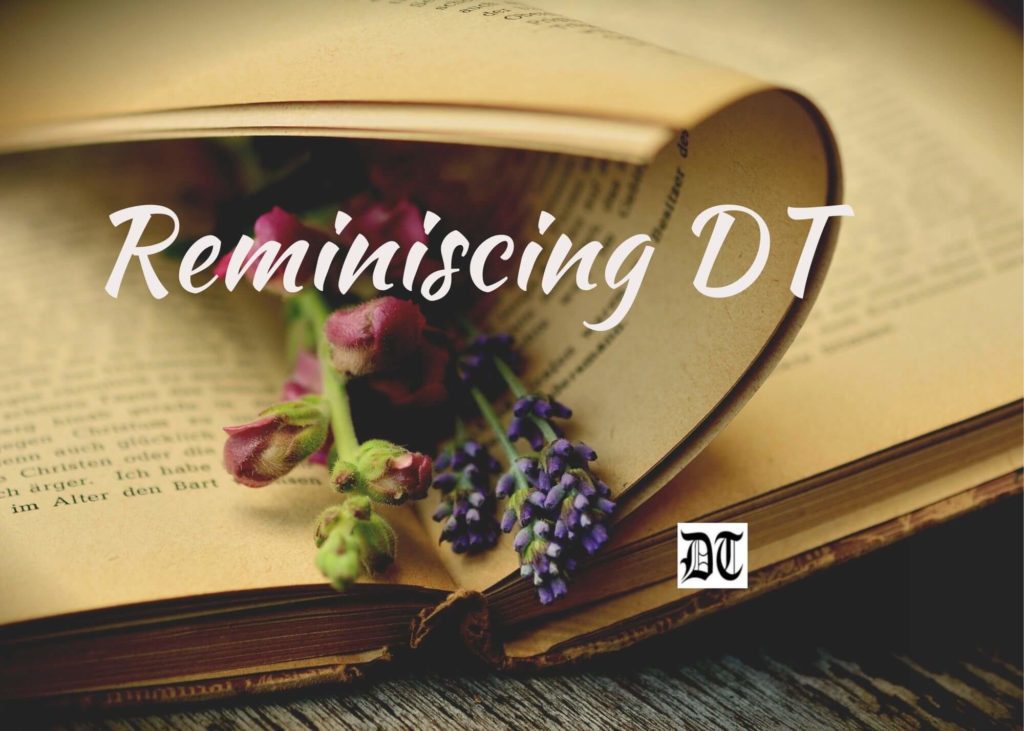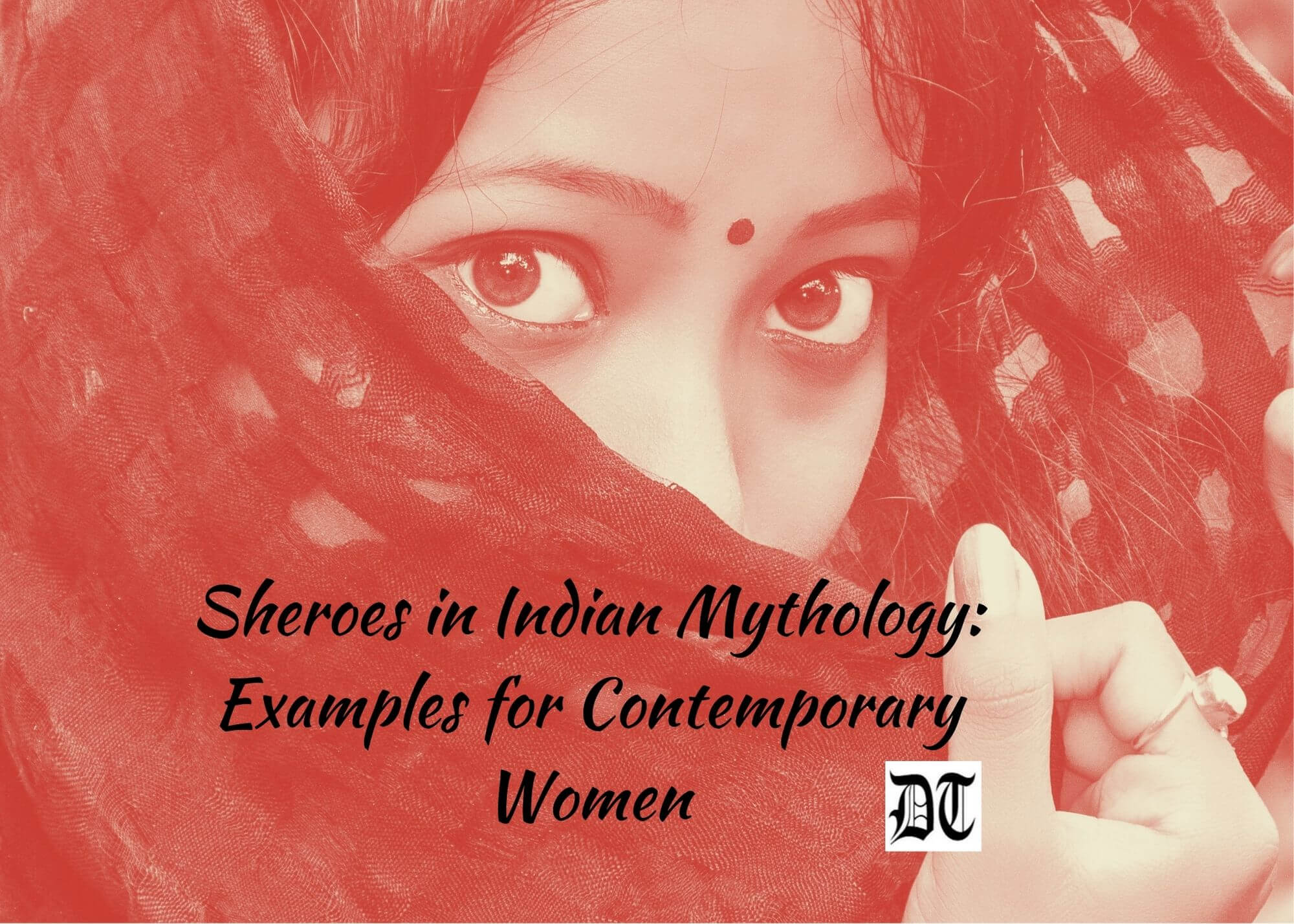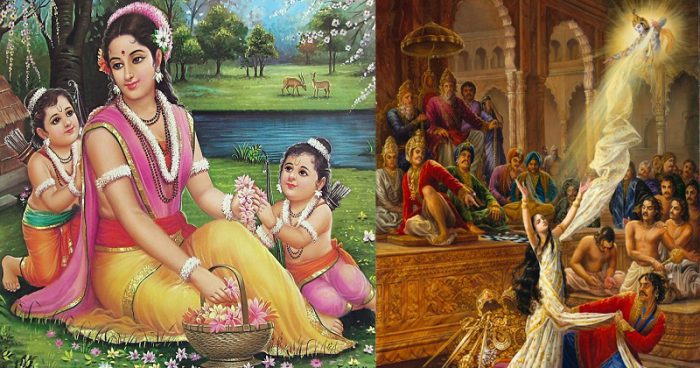Navodita tells us about the sheroes in Indian mythology, who are examples for the contemporary women. Here she talks of two such protagonists Savitri and Radha, ‘modern’ in their approaches then and now. She tells us how they stand for a sense of women empowerment, as part of the Special Feature, exclusively for Different Truths.

Indian mythology is full of examples that show how the Hindu religion defines an ‘ideal woman’. Moreover, there are various characters like Sita, Radha, and Savitri to name a few, which have been shown as potent depictions of female ‘girl power’. More than anything these women of yore have been symbols of self-sacrifice, cooperation, and family duty over self-interest and individual gain. Hindu texts and pundits often narrate the tales of Sita and Savitri for every little Hindu girl so that this pativrata model is popularised and idealised and this continues to exercise a decisive influence on the social norms of female behavior.
The tale of Savitri is well-known in that women yearly worship the goddess who is well-known for her immense devotion to her husband Satyavan whom he saves from the God of Death. The story of Savitri is well-known among Indian homes as a prime example of the lengths to which a wife should go in aiding her husband. It is usually believed that the good wife saves her husband from death, goes with him wherever he goes and proves her mettle and virtues in completely complementing her husband. Women are conditioned to serve the husband as the term ‘pativrata’ connotes. However, goddesses like Savitri go on to show that women are considered strong enough not just to consider the security of their husbands as their prime religious and karmic duty but their grit and determination stands out in following their loyalties long after their husbands have gone and died. More importantly, it shows her will-power to take independent action.
Savitri’s tale about her father telling her to go find a man she wishes to marry goes on to indicate that Savitri had been an independent woman since a very young and youthful age where she travelled the big cities of the world fearlessly along with a large procession of camels, horses, men and elephants to look for a boy that suits her interests, when she finds Satyavan. Her independence and courage are depicted in her tale where she undertakes her own independent journey to find a man that best suits her and then when a year later Yama is taking her husband away, decides to question his actions and requests her husband to be returned to her. Thus, Savitri stands for a sense of women empowerment where her tale may be viewed as a narrative of courage and heroism instead of meek submission to social obligations or duty towards her lover and husband.
Hence for a new generation being brought up on filial devotion and duty, Savitri could be seen as non-conformist, self-determining and decidedly fierce.
Similarly, the Vaishnava cult of Radha was popularised in a number of works like the Naradapancharatra and Radhikanamasahasram. A scrutiny of the thousand names associated with Radha shows that Radha has been classified as a gopi and a deity. She is associated with Shakti or power as also with Vedas and the one possessed of divine qualities. She has been associated as a consort of Lord Krishna even in names like Rukmini, Satyabhama, and Jambavati, while she is also identical with Lakshmi.
Radha’s roles as a milkmaid and as a goddess and empowerment and embodiment of female energy and power have been bifurcated. As a Gopi, she was always busy in household work such as milking and churning buttermilk, etc. she even participated in the Rasa dance as the chief gopi. As a goddess, however, she is more like the unborn, eternal, quality-less, omnipresent, truth, the cause of all the causes, possessed of mutually contradictory qualities, hence beyond the reach of the Vedas. She even creates, protects and destroys the world as she can easily be worshipped by her devotees on whom she bestows Kaivalya. Thus, she combines in herself two aspects – mortal and immortal.
The name of Radhika appears in the secular literature in Sanskrit, Prakrit, and Bengali for the first time and much earlier than the later Vaishnavite religious literature. Radha is even the heroine of Gitagovinda of Jayadeva of the 12th century AD. Radha, however, definitely was not a wife of Lord Krishna and her name as his beloved finds mention in Vishnu Purana, Bhagavata Purana and later Gitagovinda. The cult of Radha as a defined Goddess have been described in Padma Purana, the Brahmavaivarta Purana, the Devi Bhagavat and of course Naradapancharatra. The three functions of creation, maintenance and destruction are performed by her. Though the rise of Radha is a little late in Hindu texts, it is a mortal concept of a gopi living in Vrindavan who gets deified. A thousand names associated with her have been depicted and explained in Radhikanamasahasram where her deification depicts a kind of immortality of a mortal ‘commoner’ who was a milkmaid. Her deification as Lord Krishna’s beloved goes against the existent social norms, yet she typifies a woman, who is independent and liberal and consistent in her love.
There are many more deities that find mention in Indian texts – Sita, Draupadi, Kunti being among a few of them who were symbols of empowerment. Yet two main names Savitri and Radha have been discussed here. These show that women empowerment existed even at an ancient time when roles of women were not clearly defined nor demarcated. A woman found liberation in her jobs and roles and actions that did not bind her down to any particular social practice or convention.
Photos from the Internet and images designed by Anumita Roy, Different Truths







 By
By
 By
By
 By
By
 By
By